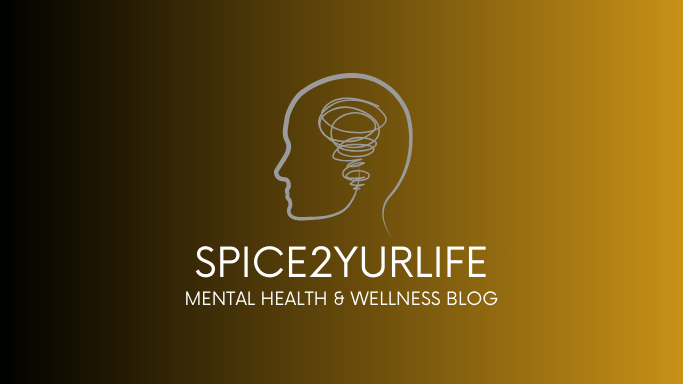In the world of education, collaboration is often heralded as a cornerstone for student success. Nowhere is this more evident than in the implementation of Individualized Education Plans (IEPs). These personalized plans are designed to meet the unique needs of students with disabilities, ensuring they receive the support required to thrive academically and socially. However, the success of an IEP depends on the collaborative efforts of teachers, specialists, and other educational professionals. In this blog post, we'll explore the significance of teacher collaboration in IEP implementation and how it can lead to improved student achievement.
Understanding Individualized Education Plans (IEPs)
Before delving into the role of teacher collaboration, it's essential to understand what IEPs are and why they matter. IEPs are legally mandated documents created for students with disabilities in the United States under the Individuals with Disabilities Education Act (IDEA). These plans outline a tailored set of goals, services, and accommodations to help students with disabilities access the general education curriculum and make progress academically and socially.
The IEP team typically includes the student's parents or guardians, special education teachers, general education teachers, speech therapists, occupational therapists, and other relevant specialists. This collaborative effort aims to ensure that the student's unique needs are met comprehensively.
Why Teacher Collaboration Matters
1. Holistic Understanding of the Student: Collaboration among teachers from various disciplines allows for a more holistic understanding of the student's strengths, challenges, and learning style. General education teachers can provide insights into the classroom environment, while special education teachers and therapists can offer expertise on specific disabilities and intervention strategies.
2. Alignment of Instruction: Collaborative planning ensures that the IEP goals align with the general education curriculum. General education teachers can identify opportunities to incorporate accommodations and modifications seamlessly, making it easier for the student to access and engage with the content.
3. Consistency and Coherence: When teachers work together, they can maintain consistency in instruction and support across different settings, such as the classroom, resource room, or therapy sessions. This coherence is vital for reinforcing skills and strategies learned by the student.
4. Early Intervention: Timely identification and intervention for students with disabilities are crucial for their success. Collaborative efforts help in recognizing issues early and implementing targeted interventions, potentially preventing more significant challenges in the future.
5. Data-Driven Decision-Making: Collaboration facilitates the sharing of data and progress monitoring. Teachers can assess the effectiveness of interventions and adjust the IEP as needed based on the student's performance.
Best Practices for Teacher Collaboration in IEP Implementation
1. Regular Team Meetings: Schedule regular meetings with all relevant team members to discuss the student's progress and make necessary adjustments to the IEP. These meetings should be inclusive and encourage open communication.
2. Shared Documentation: Maintain a shared digital or physical document where all team members can access the IEP, progress notes, and other relevant information. This ensures that everyone is on the same page.
3. Professional Development: Invest in professional development opportunities that focus on collaboration skills. Training sessions and workshops can provide teachers with tools and strategies for effective teamwork.
4. Parent Involvement: Involve parents or guardians in the collaborative process. Their insights and perspectives are invaluable in creating a comprehensive IEP that addresses the student's needs at home and in school.
Teacher collaboration is not merely a buzzword in education; it is a fundamental element in ensuring the success of students with disabilities through the implementation of Individualized Education Plans. When educators work together, they can create a supportive and inclusive environment that promotes student achievement and growth. By embracing collaboration as a key component of the IEP process, schools can better serve the diverse needs of all their students, fostering a culture of inclusivity and academic excellence.






No comments:
Post a Comment